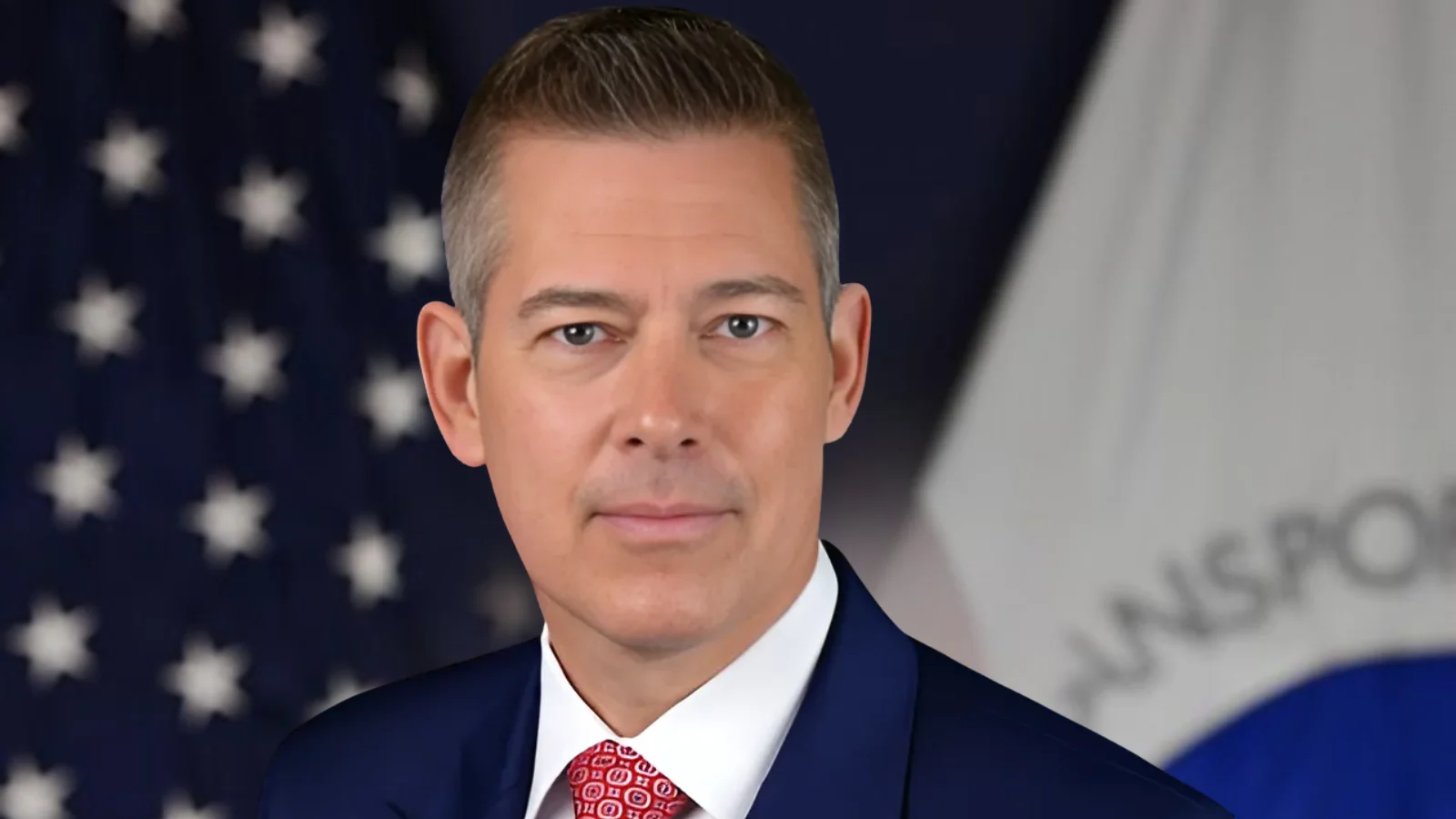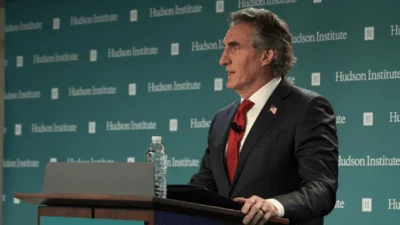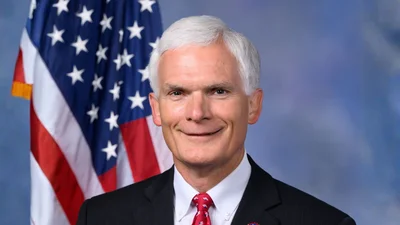U.S. Transportation Secretary Sean P. Duffy announced revised guidance for the National Electric Vehicle Infrastructure (NEVI) Formula Program, aiming to simplify state applications and reduce regulatory requirements. The new Interim Final Guidance is effective immediately, with the Federal Highway Administration (FHWA) seeking public comment on possible further changes.
“If Congress is requiring the federal government to support charging stations, let’s cut the waste and do it right,” said U.S. Transportation Secretary Sean P. Duffy. “The Biden-Buttigieg Administration failed to deliver EV chargers despite their promises. Our revised NEVI guidance slashes red tape and makes it easier for states to efficiently build out this infrastructure. While I don’t agree with subsidizing green energy, we will respect Congress' will and make sure this program uses federal resources efficiently.”
The NEVI program was created to help states deploy electric vehicle charging infrastructure, but according to the Department of Transportation, previous guidelines included complex requirements that hindered implementation. Earlier in 2025, Secretary Duffy and FHWA began reviewing the program after noting that a significant portion of funds—84%—remained unobligated.
The updated guidance instructs states to submit their EV Infrastructure Deployment Plans within 30 days from its release date. The Department’s review found that no new funding obligations had been made under the previous program while existing obligations continued to be reimbursed.
According to DOT findings, Congress gave the Secretary authority to issue guidance for deploying electric vehicle charging infrastructure strategically. The department concluded that prior implementation efforts led by the Biden-Buttigieg Administration resulted in wasted time and resources.
The revised language follows Executive Order 14154 “Unleashing American Energy” and rescinds earlier mandates related to electric vehicles not explicitly required by law or regulation. It also implements directives from a January 29, 2025 memorandum concerning executive orders on energy and climate policy.
Key changes include reducing state plan content to only statutory and regulatory requirements, simplifying approval processes, easing community engagement rules, allowing states more discretion over charger placement along fuel corridors, minimizing grid integration considerations, encouraging site-host station ownership for faster delivery, removing consumer protection and emergency planning mandates, and granting flexibility in determining when statewide system buildout is complete.
Rescinded provisions include requirements for engaging rural or disadvantaged communities during planning; targeting benefits toward such communities; promoting labor standards or small business participation; addressing emergency evacuation needs or resilience strategies; and considering seasonal factors like snow removal.





